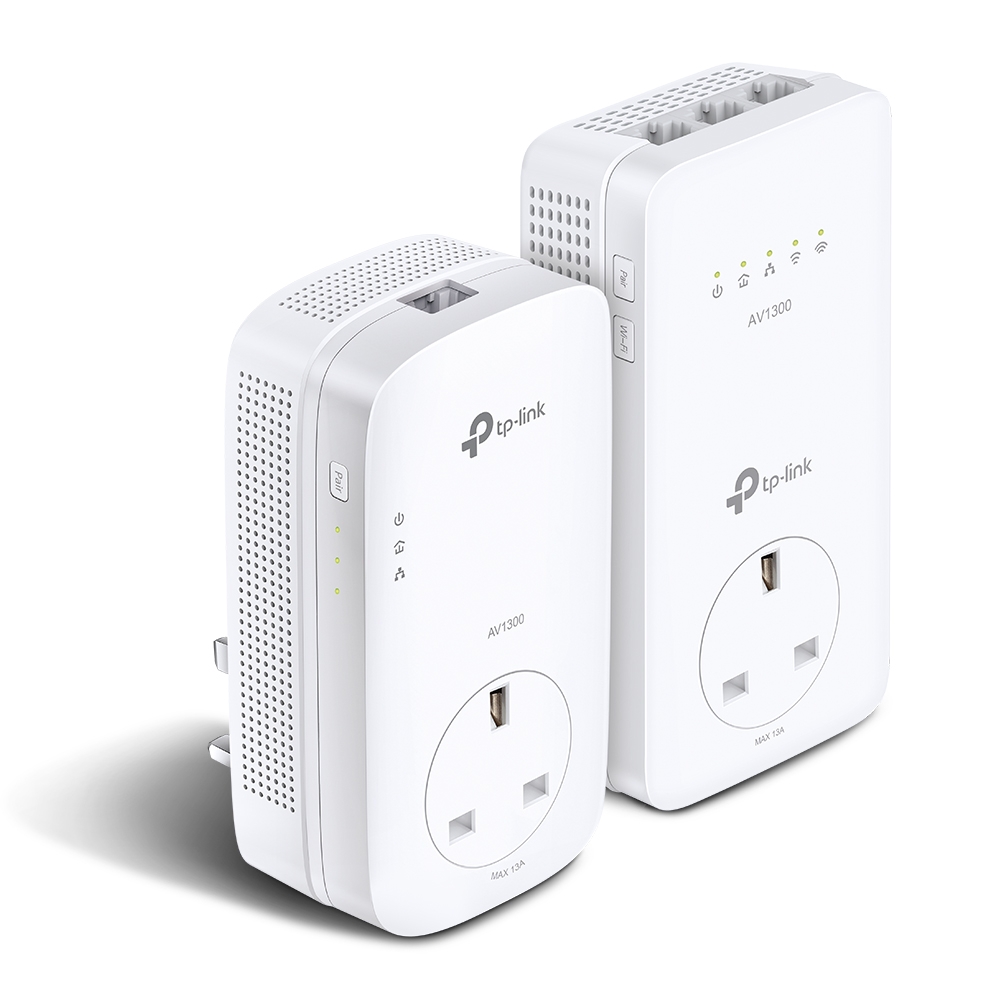@justhereforthescenery
I wouldn't take
@capta134's review of Airlink's performance without trying it and reading more about it. I'm saying this not because of experience with Airlink, I don't have a Quest, but because there's confusion on networking understanding and setup. I don't mean to insult in any way, I just want to point out some common misunderstandings:
- AT&T Fiber 500 - this is a subscription with the ISP (Internet Service Provider), completely irrelevant regarding a local network use which is what is happening, unless you're using over the internet which is 99.999% not the typical case;
- Using wifi to connect the PC to the router - if you can connect your PC to a router by cable this is the best solution always, only do it by wifi if a cable connection is not possible or compromise usability considerably.
I'm talking about performance here, so here are some general points that are relevant to that purpose:
- Connect your PC to the router with a gigabit cable connection (cat >5e) if you can. Wifi is fine for doing normal online activities, but use cable for a stable connection, low latency and high speed;
- Ideally you want a close by dedicated router to connect wirelessly to your headset, not the house router that's in another room beaming youtube videos to other people in the house. A decent cheap router solely for this use will outperform a fancy expensive router that is behind a wall sending data to other users;
- See how it's like the wifi network congestion where you are and choose empty channels
These are just some pointers to consider for suitable performance comparisons. Each house and equipment will create a different scenario to test and optimise, but the points above are generally applicable. They also apply if you are comparing USB vs wifi performance (on headset use); here USB is expected to have better performance, but if you have decent conditions for wifi possibly you won't notice a difference.
Hope this helps and that I didn't say anything wrong or too misleading.






